By now, we are well aware that the world around us has changed dramatically. Google Trends have proven an important tool to understand these changes, shedding light on people’s evolving lifestyles, behaviour and attitudes as the crisis unfolds, and are an important starting point for advertisers to plan, activate, and measure their advertising in response to this new environment.
Predicting which behaviours are transient, and which will endure long into the future, is the subject of much analysis and debate at the moment. Search activity is one of many helpful signals that can give us clues about evolving behaviour and consumer needs, as time passes. To help marketers understand what is happening now and the trends we’ve seen during lockdown — here are the five key areas in which we’ll look at the macro shifts in consumer behaviour in Google Trends.
1. What people know
With retailers adapting to online models, schools and businesses closing, and daily government updates, people sought clear and accurate information from trusted sources. In March, along with searches for ‘what time is boris on’ there was a rise in searches like ‘the population of new york’ or ‘jacinda ardern’ as people tried to put the tragic global death rates into context, while also looking at how global leaders were handling the crisis.
People also looked for ‘the quietest time to go shopping’, in response to enforced queuing outside supermarkets. ‘Delivery slot’ searches still remain higher than pre-COVID levels, indicating the possibility that online shopping may remain a more widespread behaviour than before.
2. How people make a living
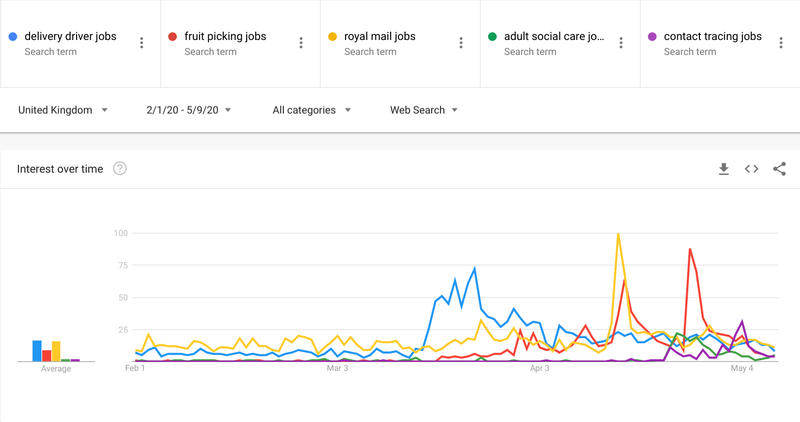
Yet, as lockdown eases, there has been an uptick in ‘for sale‘ searches. For example, year on year searches ‘for sale kent‘ have potentially increased due to the attractiveness to live in areas outside of London. Meanwhile, we’ve also seen a rise in ‘boats for sale‘ as summer arrives, showing the likelihood of more domestic holidays.
3. What people are doing
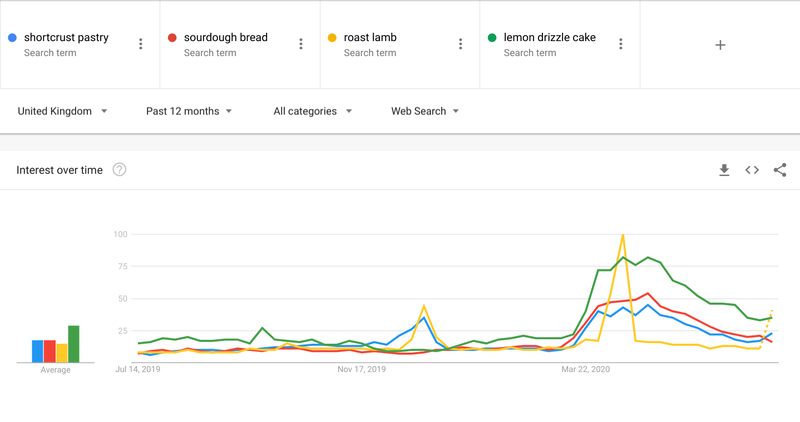
When lockdown hit, searches for comfort foods grew seemingly at the expense of healthier eating trends, with a drop in searches for ‘gluten free’, ‘vegan’, and ‘vegetarian’. However, in the last few weeks, we have seen a rise in searches for ‘how to lose belly fat’ and ‘chloe ting’s 2 week shred’ videos on YouTube, as many try to reverse the effects of three months of lockdown.
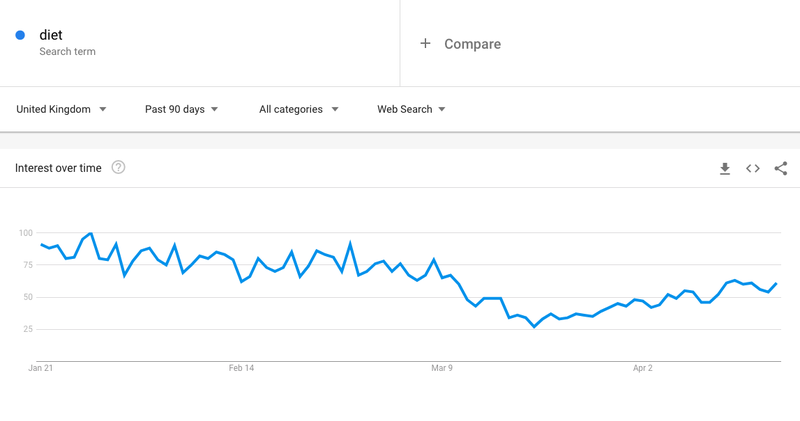
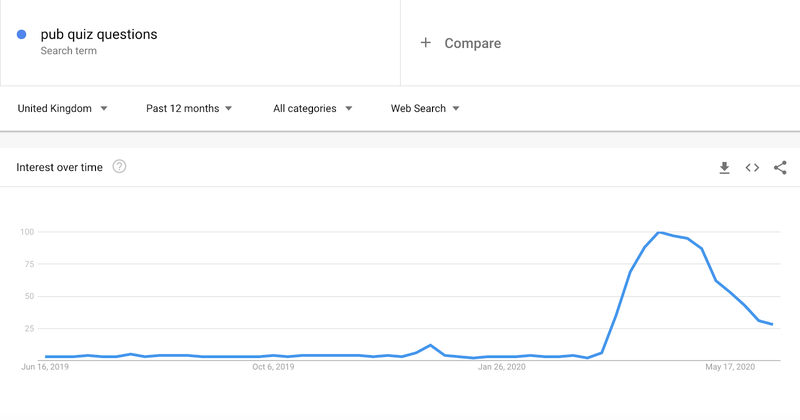
4. How people are feeling
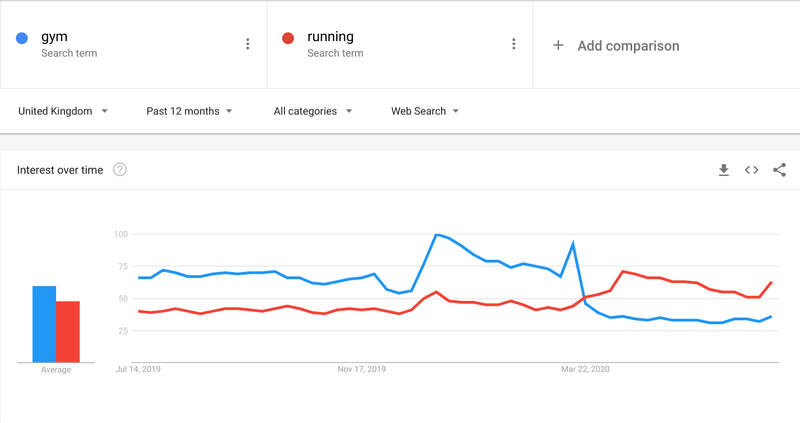
Towards the end of April, the lockdown was starting to take its toll – seeing a rise in searches for ‘online mental health’ and ‘meditation for anxiety’. Yet, we have also seen the emergence of a stronger community spirit with spikes in searches for ‘how to volunteer’, ‘how to donate’, and ‘how to make scrubs for the nhs’. Many people also have a newfound appreciation for their community closer to home, with searches like ‘local farm shop near me’ rising.
Across the U.K., people have cocooned in their homes, investing time in personal care rituals such as ‘home spa kit’, ‘skincare routine’. We even saw a spike in ‘pink hair dye’ as the more emboldened among us felt safe enough to take some aesthetic risks.
5. How people are learning
Parents turned online to help educate and homeschool their kids, with searches for ‘as a fraction’, ‘work out a percentage’, and ‘words beginning with’ all spiking. As parents grappled with ‘interior angles of a polygon’, we have also seen consistent demand to know ‘when will schools open’.
Plan, activate, and measure
As the world around us changes, we are working hard with customers and partners to navigate through this uncertainty by helping them plan, activate, and measure their media campaigns. Being able to adapt quickly is going to be a huge advantage; the faster you can respond to changing demand, experiment, and measure effectiveness, the more successful you can be. Below are some of the techniques, tools and resources that can help.
Plan
Use Google’s Trends data, a real-time window into consumer behaviour found on Google Trends, to help understand and anticipate consumer change. Rising Retail Categories helps you understand more about fast-rising retail categories, the locations where they’re growing, and the queries associated with them.
Activate
Measure
Citations:
Biren Kalaria (July 2020), Google



